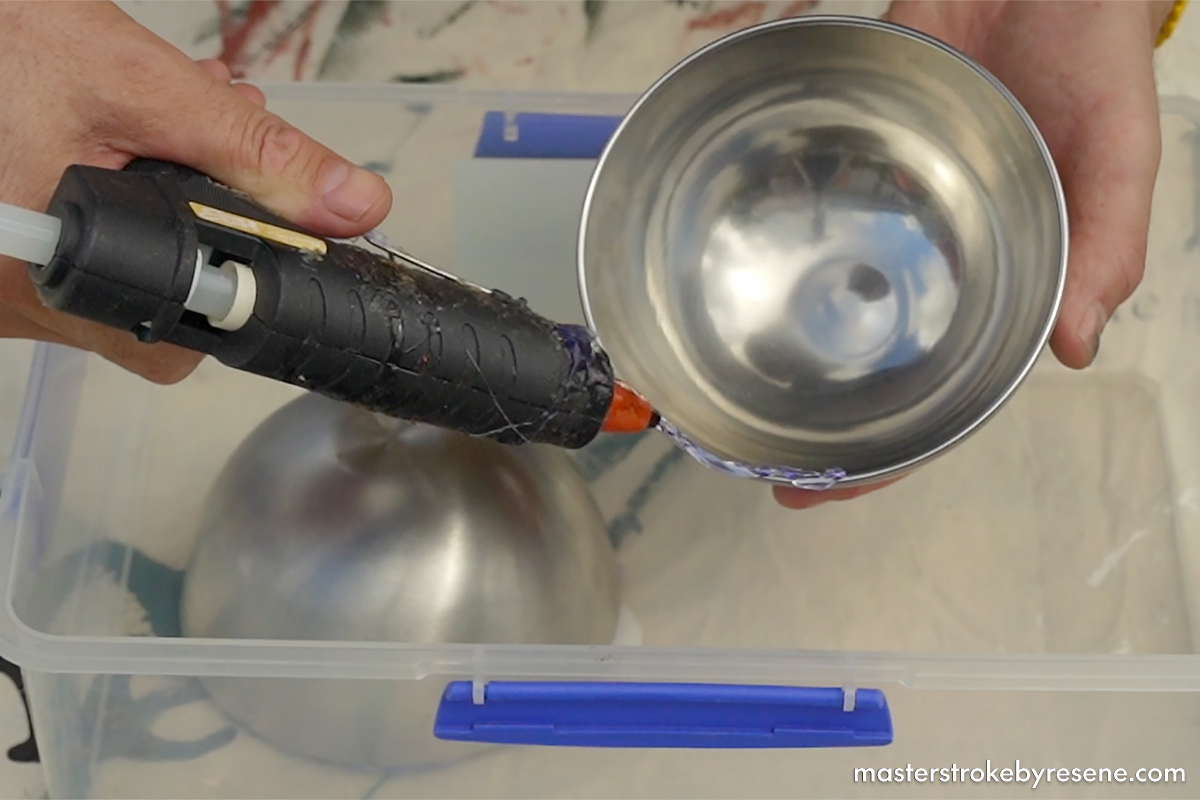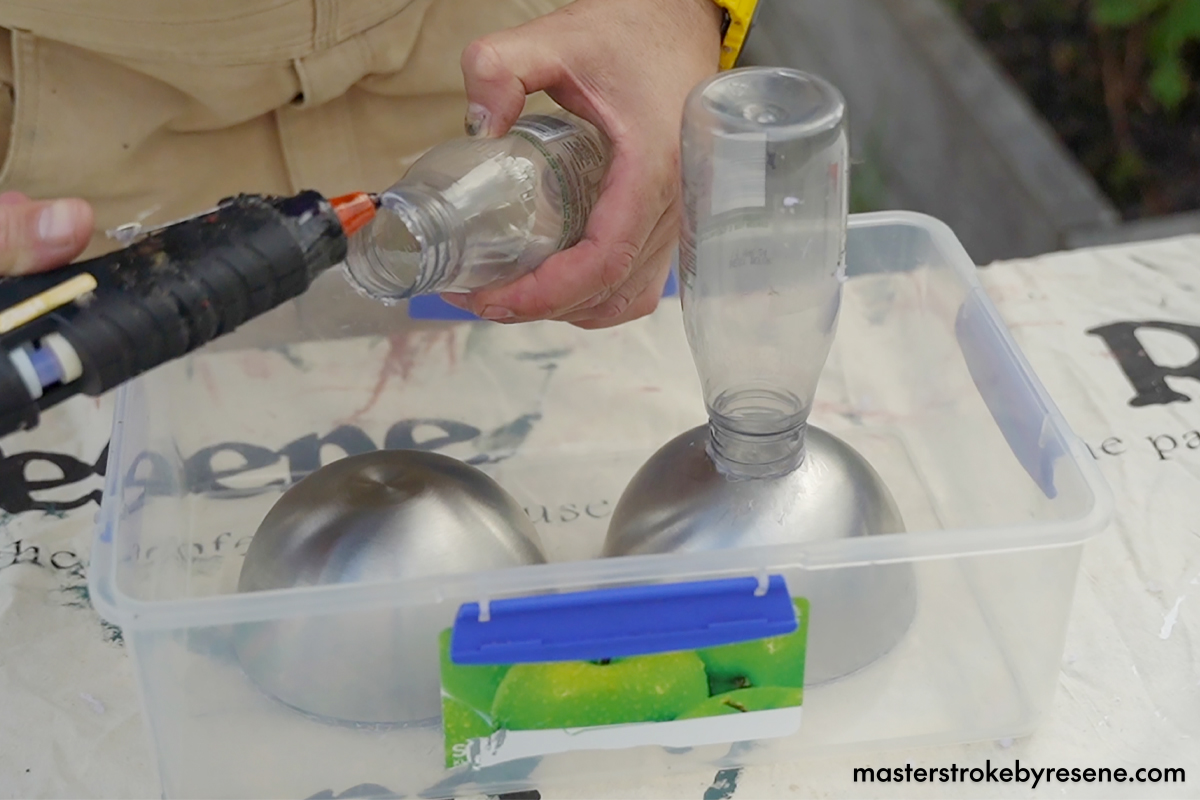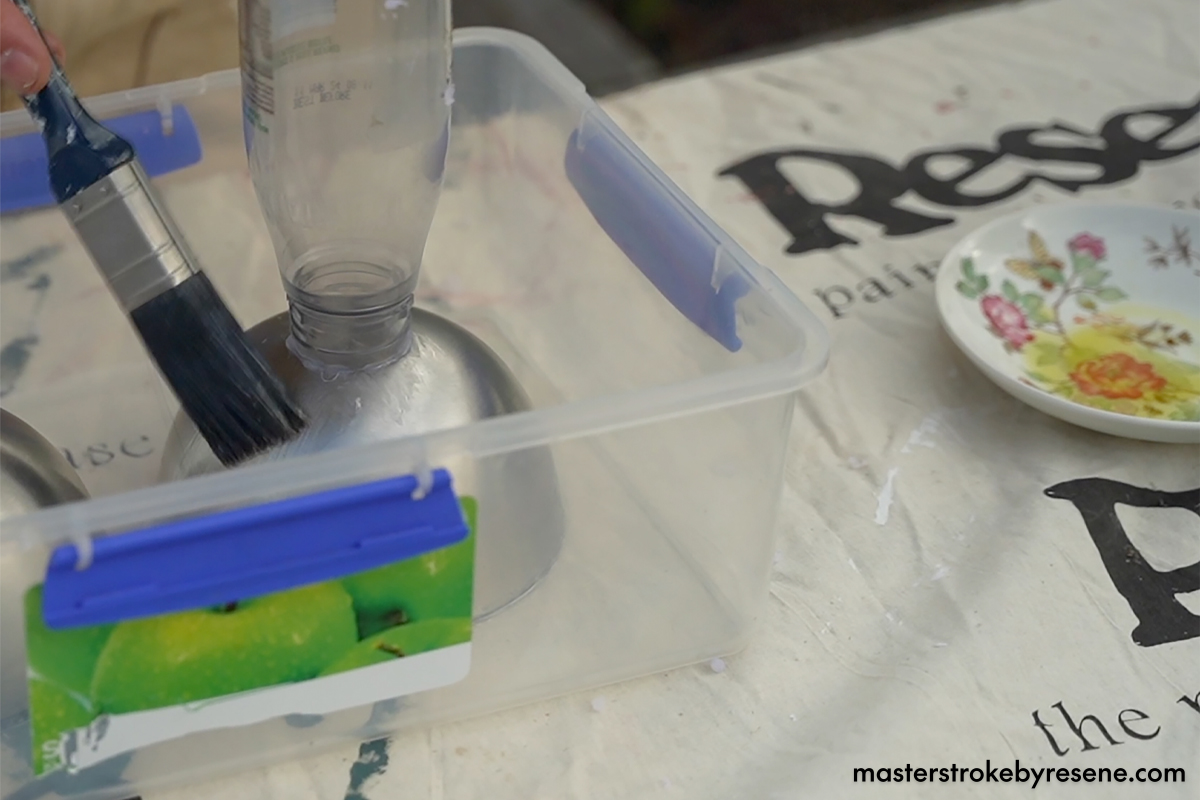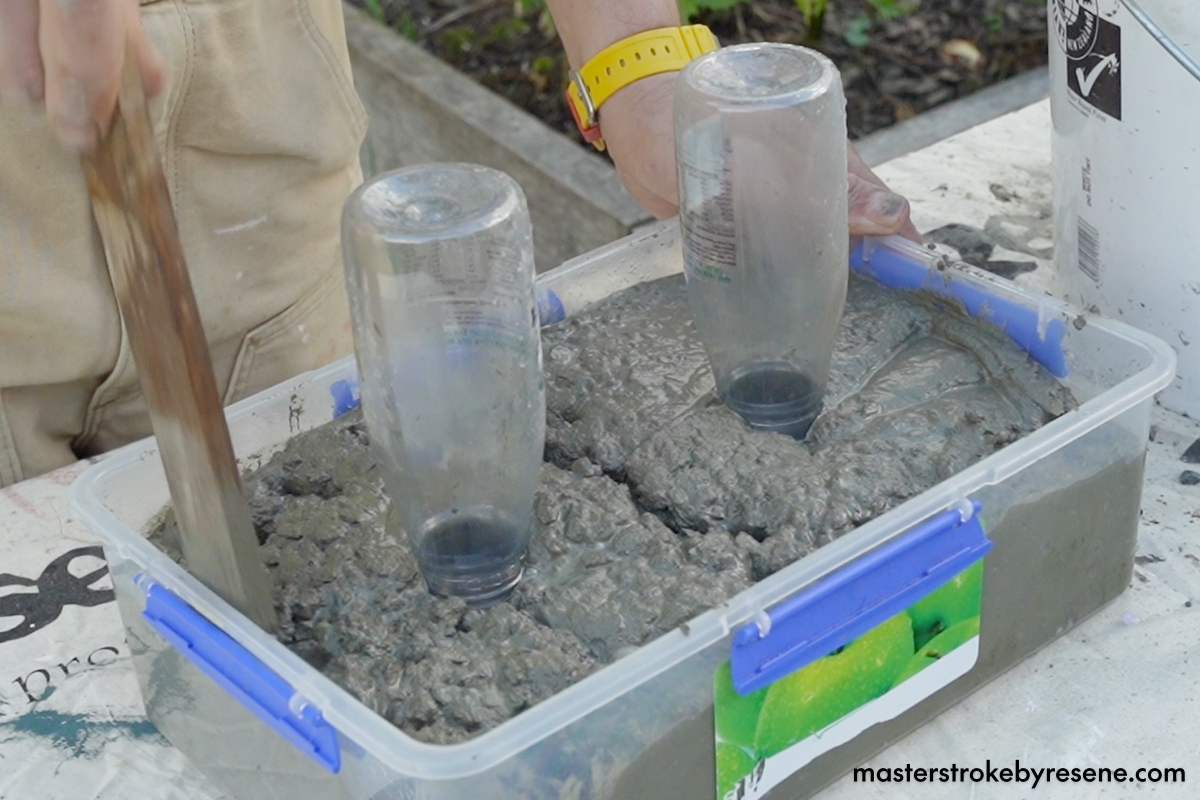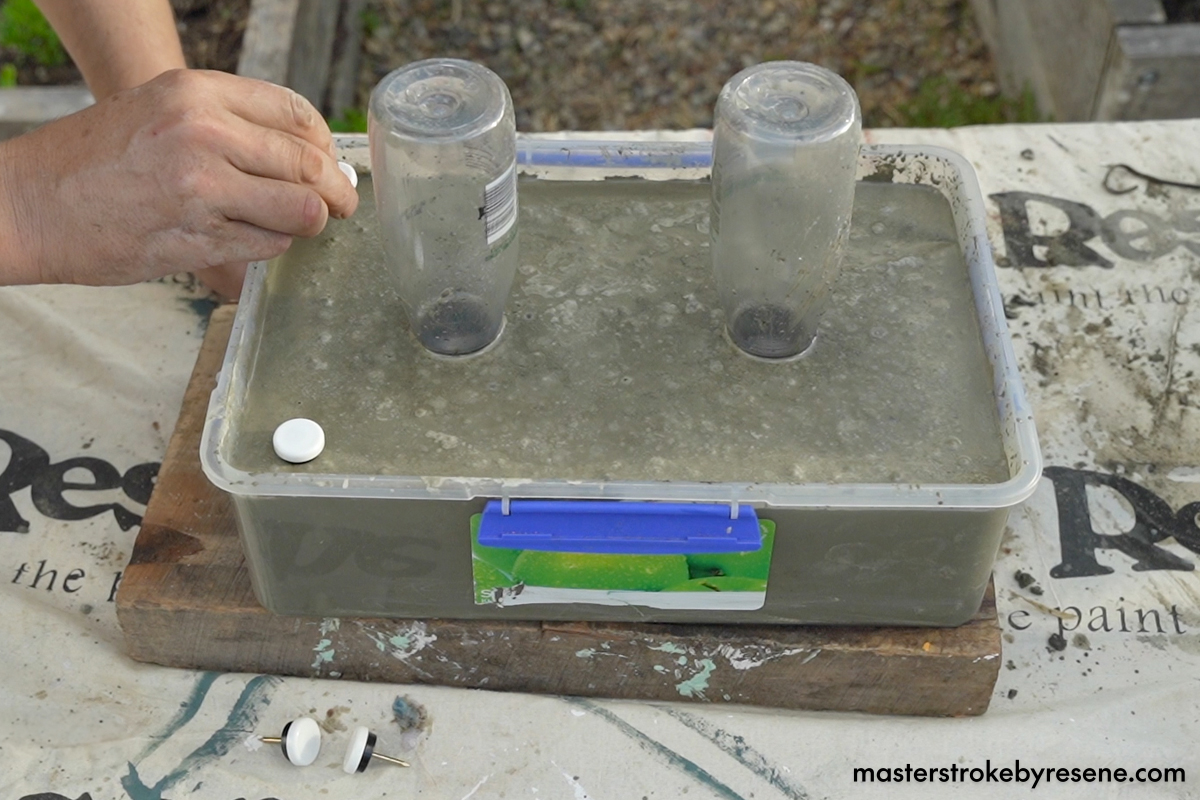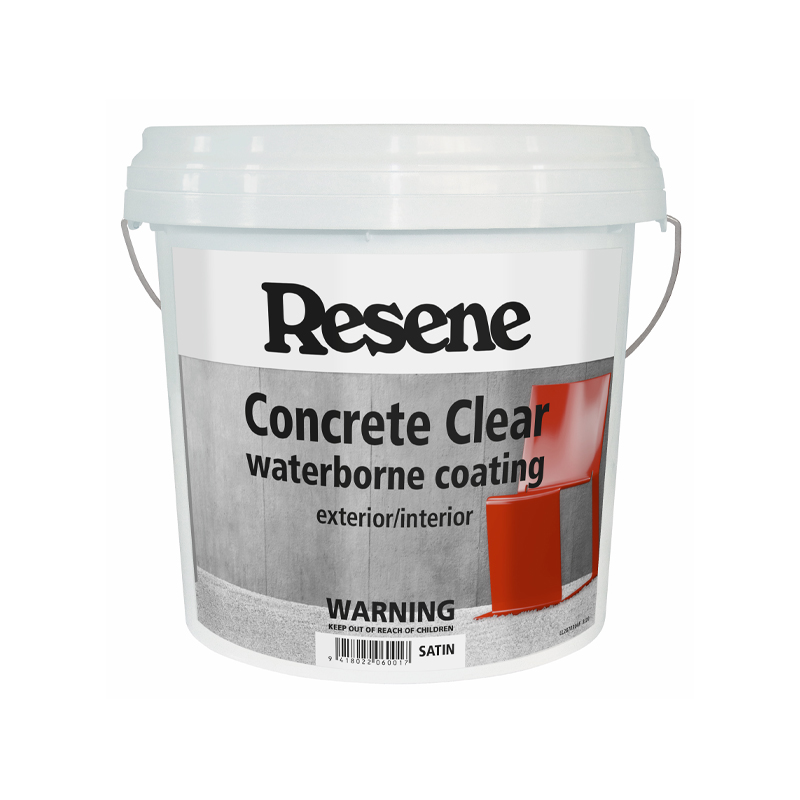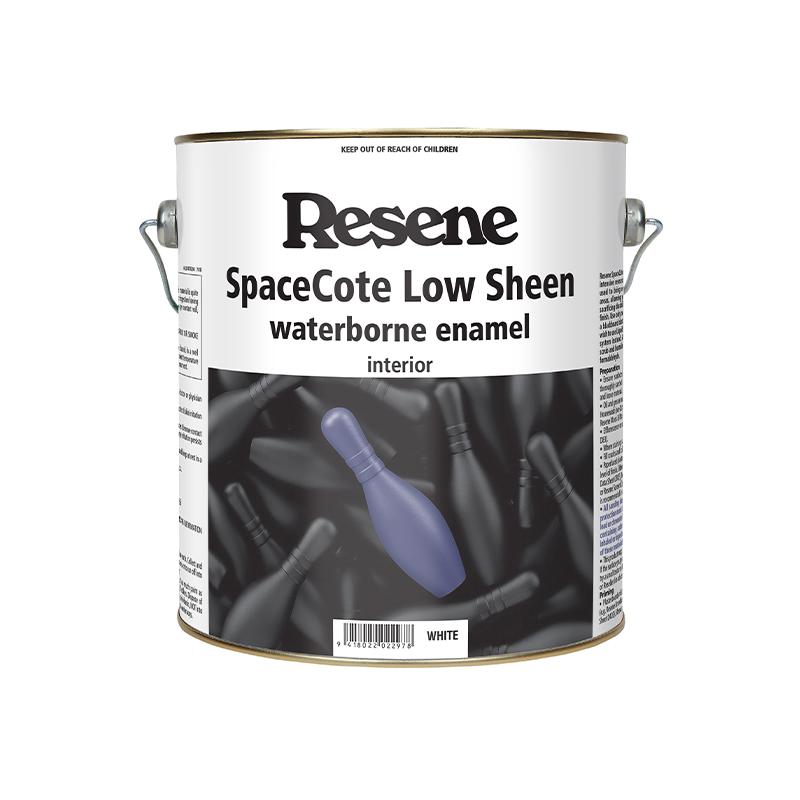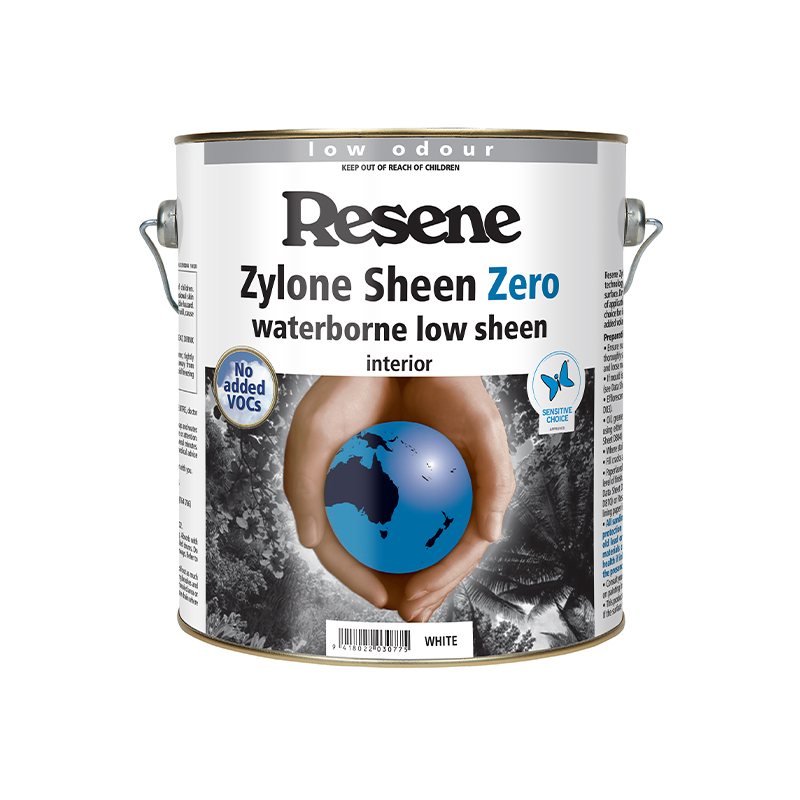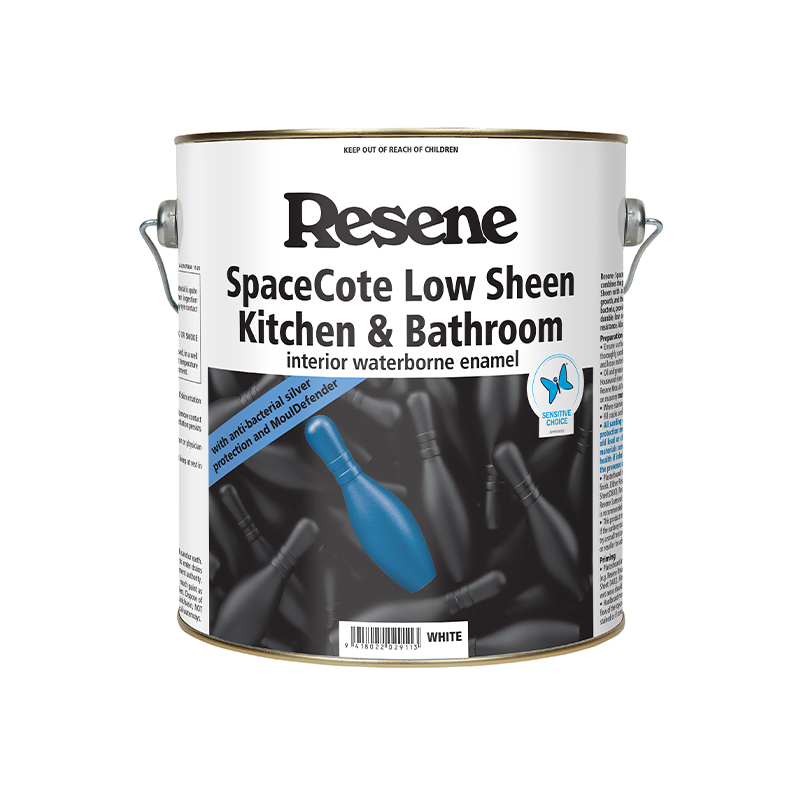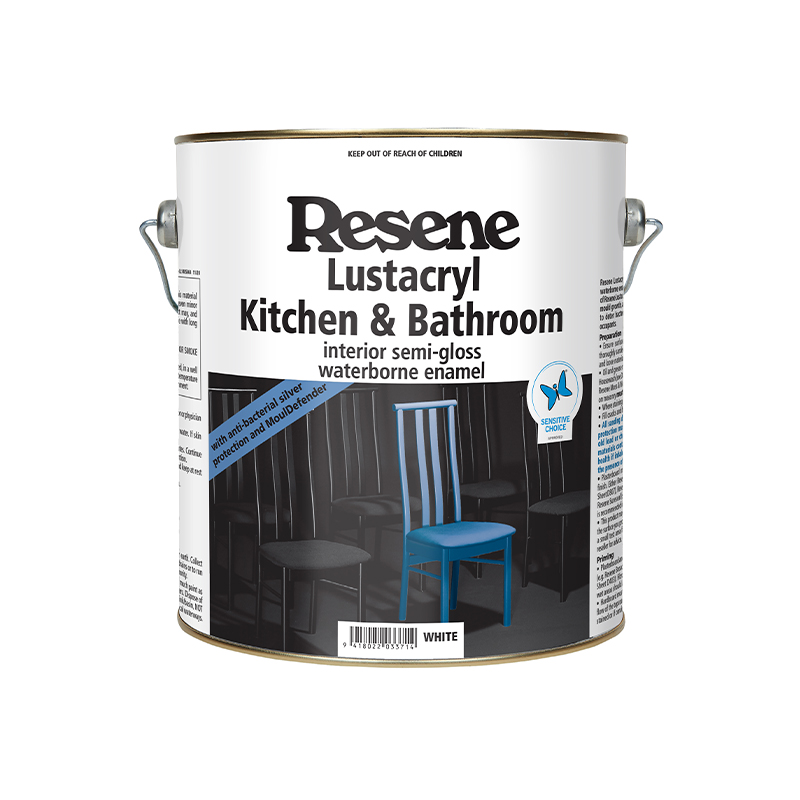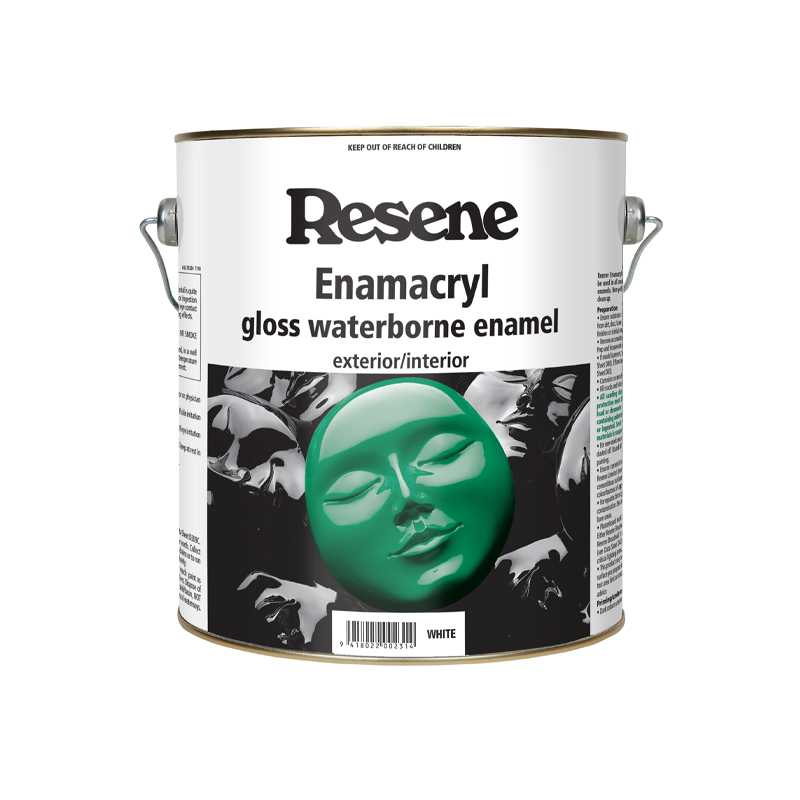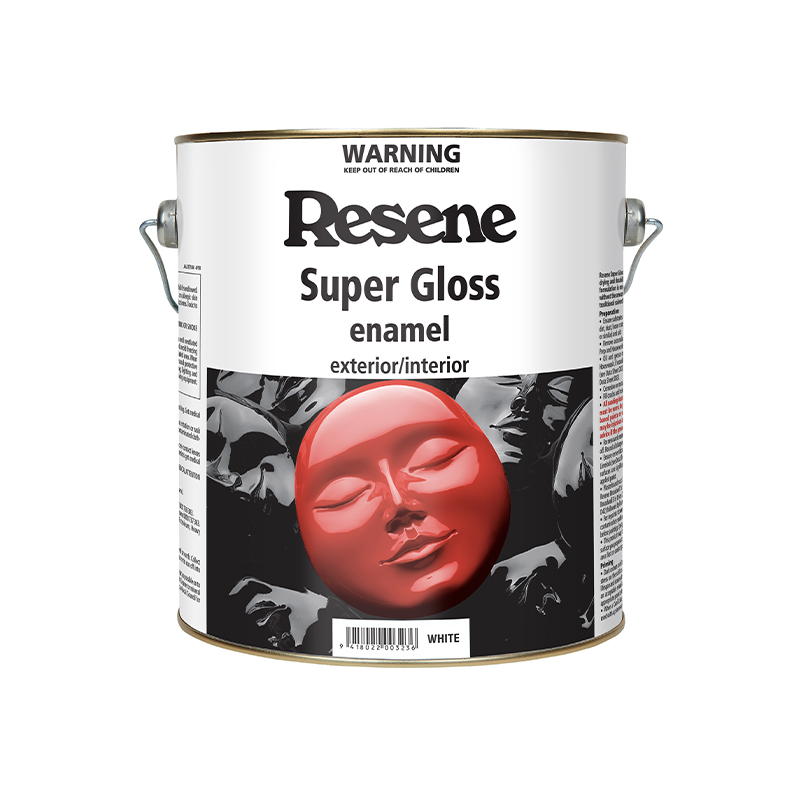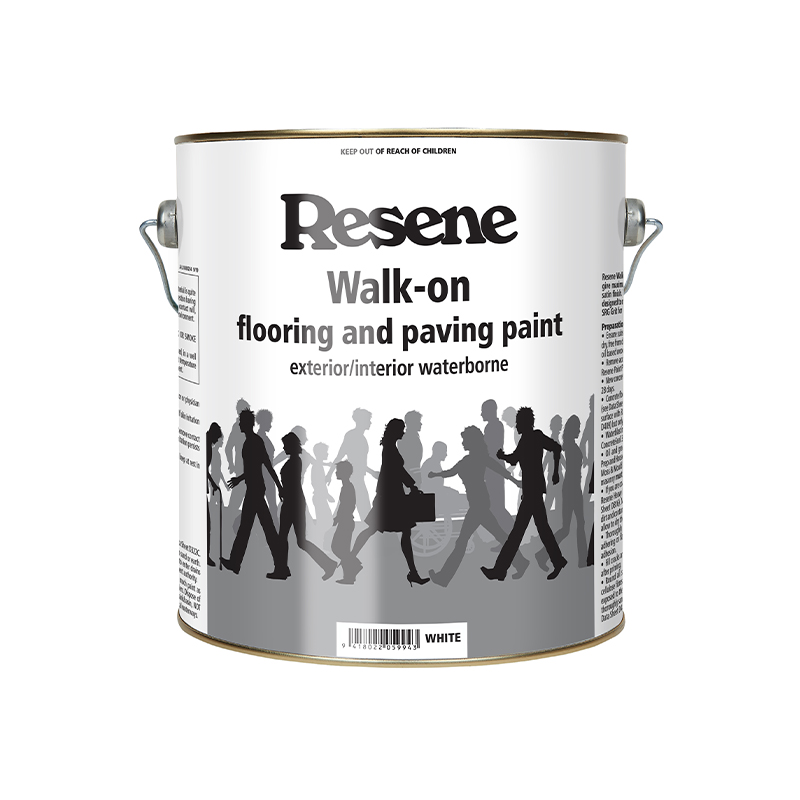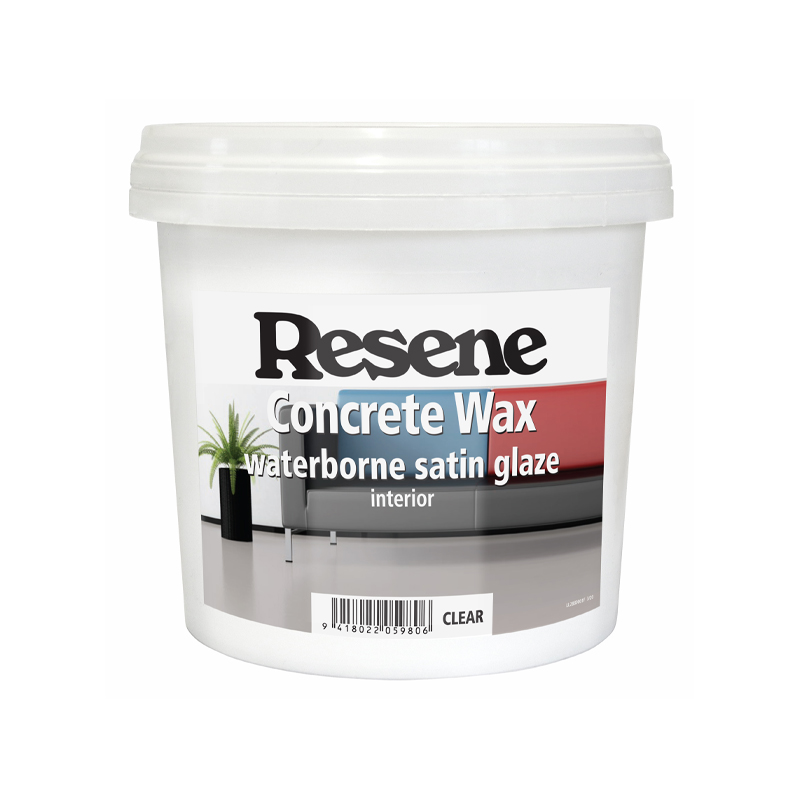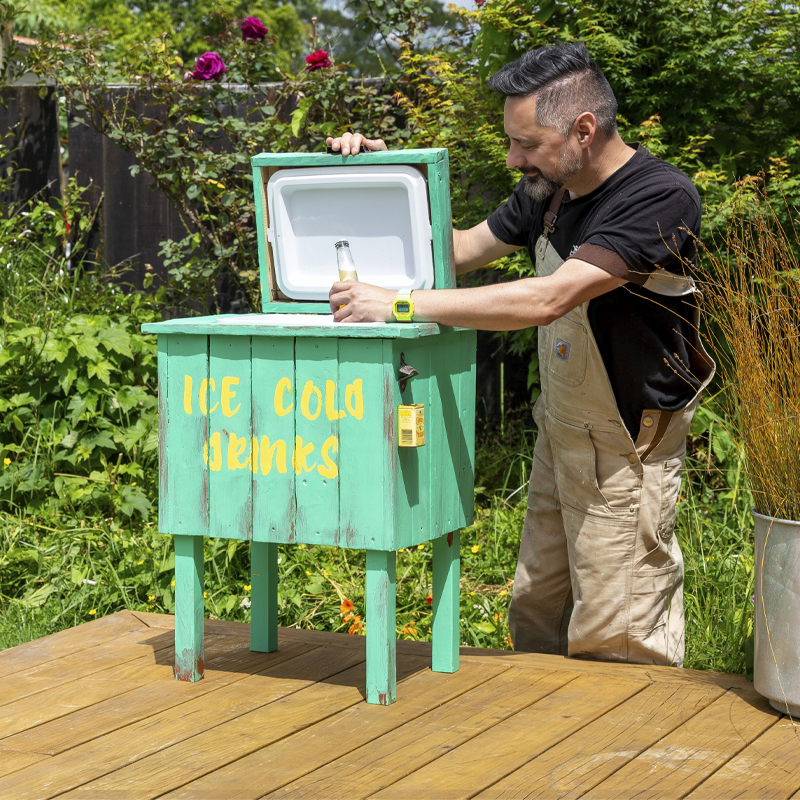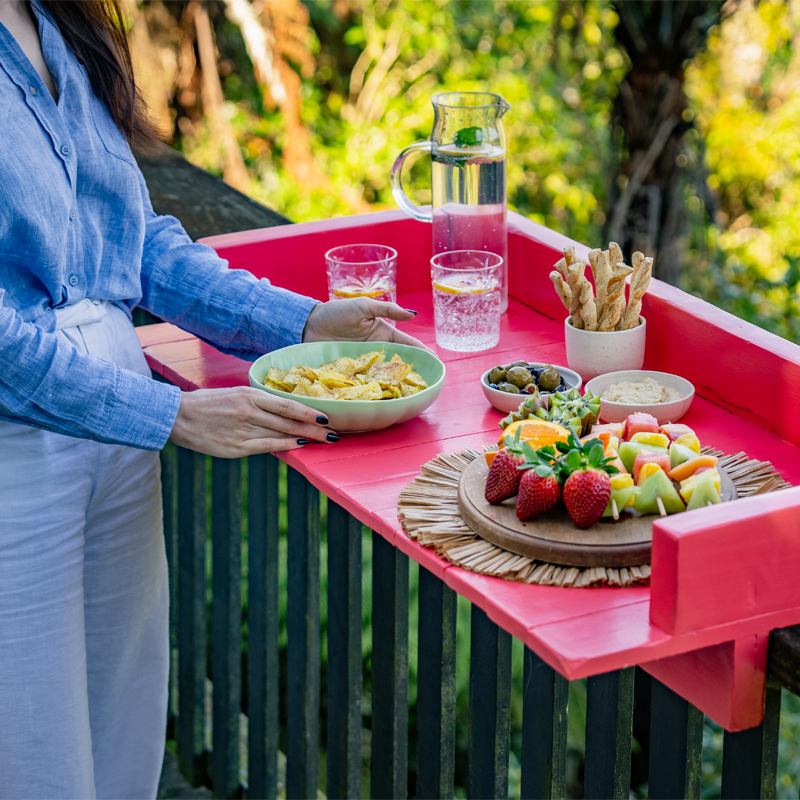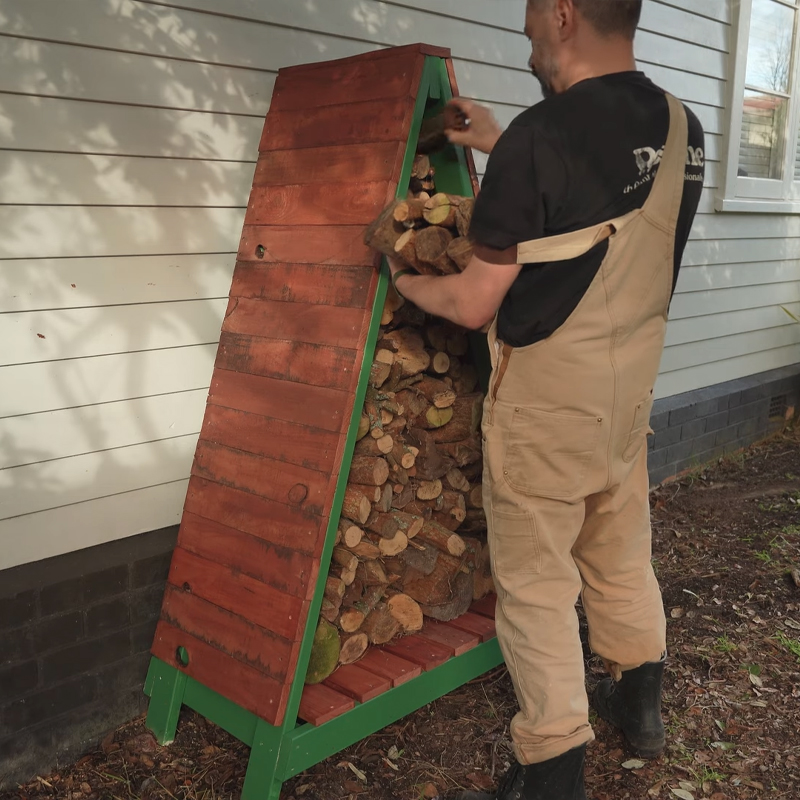Forget boring plastic bowls – make the stylish food station your pet deserves with this fun DIY project. This piece features two stainless steel bowls that sit in a concrete base sealed with Resene Concrete Clear for a professional looking, durable finish.
The process is relatively straightforward and suits all confidence levels. This is a great project to get the kids involved with, as they can practise their paintbrush skills by sealing the concrete. Make sure you allow the concrete enough time to cure before coating it.
Follow along with The Upcycler, aka Jacob Leaf (Ngāpuhi), to create your very own pet feeding station.

